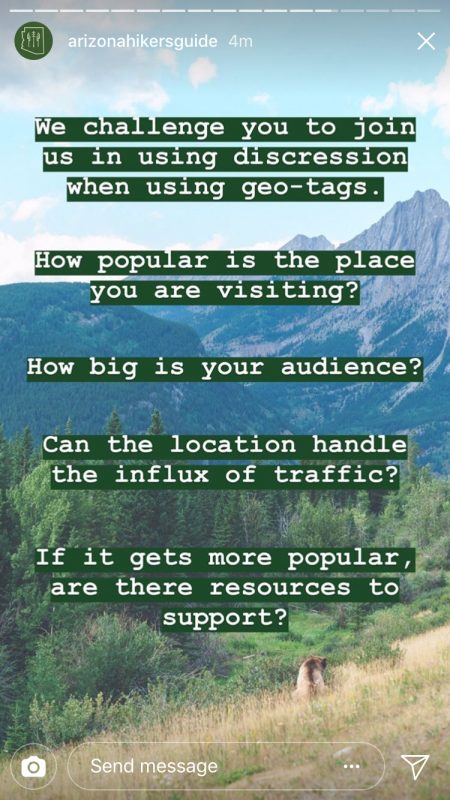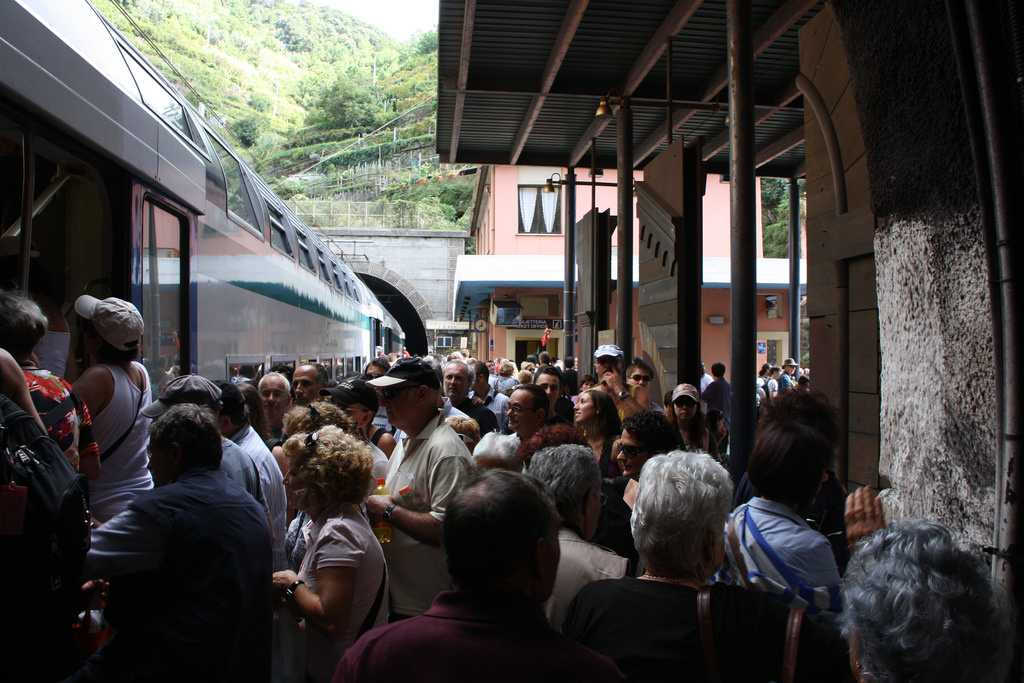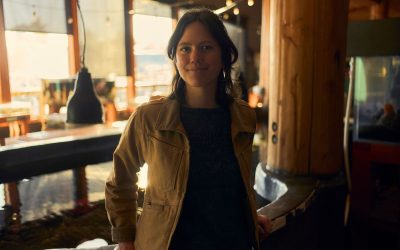Can your destination’s social media channels damage the environment?
It might sound extreme, but some fear that Instagram and other platforms are “ruining the great outdoors” by drawing an overwhelming number of visitors to fragile sites.
Social media certainly has a powerful influence on visitor behaviour. According to a Google study, 60% of people use it to find travel inspiration. And in one survey of U.K. millennials, “how Instagrammable the holiday will be” ranked as the strongest factor in choosing a holiday destination.
This influence is sometimes called the Instagram effect when it has negative, unintended consequences. When popular posts from visitors, influencers, celebrities, or travel channels gain attention and engagement, they can draw huge crowds where none were before.
Many destination marketing organizations (DMOs) naturally seek to engage with and delight their social media audiences, which begs the question: What is the DMO’s role when it comes to promotion and its effect on the visitor experience?
The changing role of the DMO: where promotion meets destination management
Traditionally, DMOs have been responsible for promoting their destinations, but to keep up with modern demands, some are adding destination management to their mandates.
Now, promotion and management are merging, since on-the-ground visitor experiences turn into word-of-mouth promotion, and vice-versa. Visitors and residents express how they feel online, which affects the way people travel and where they choose to go.
When people have a bad experience, the DMOs that are listening will hear about it.

A visitor comments on the Facebook page belonging to a European DMO.
One way today’s DMOs can shape word of mouth is by ensuring that experiences match expectations.
“DMOs should have a voice in this conversation sooner rather than later,” says Destination Think CEO Rodney Payne. “They are in the best position to lead the thinking and planning.”
Rodney outlines three reasons why DMOs need to confront overtourism and reconsider their role in destination management:
1. If the DMO doesn’t manage the experience, someone else will.
DMOs will get left out, says Rodney, if they don’t get involved with destination management. “For example, a town might come to the conclusion that they have enough tourists, scrap the DMO, and use the funds to manage visitation themselves.”
2. A poorly managed destination risks a resident backlash.
Your passionate visitors and happy residents are your destination’s strongest advocates. Without their support, it becomes difficult to coordinate promotion, manage your brand, and influence visitation patterns.
3. Poor visitor experiences lead to negative word of mouth.
Without a positive experience (or perfect photo), visitors have little to recommend or share with their social networks. Not only does the DMO lose out on their advocacy, but it incurs negative sentiment that signals to other visitors to stay away and choose a different destination.
Approaches to destination management
The Instagram effect and negative visitor sentiment highlight destination management challenges for today’s DMOs. But some are responding with new tactics.
Visitor dispersion: Some destinations work to spread visitors out geographically or seasonally.
Jasper Broekhuis, Social Media Specialist at NBTC Holland Marketing, recently reminded us on Twitter of that DMO’s HollandCity project, designed to guide visitors across the country and beyond Amsterdam.
 Education: campaigns such as the Yellowstone pledge and the Palau pledge seek to engage visitors in responsible practices.
Education: campaigns such as the Yellowstone pledge and the Palau pledge seek to engage visitors in responsible practices.
On Canada’s Vancouver Island, the Ucluelet Aquarium’s Be a Better Beachgoer campaign teaches visitors to respect wildlife and the environment. And West Coast NEST is a network that connects people to local education programs.
Strong communication to set reasonable expectations contributes to a better experience for everyone.
Additionally, some social media influencers and community organizations are reflecting on their Instagram impact and turning the conversation back on their followers.
In this spring 2018 Instagram story, an Arizona-based hiking group asked its community to consider responsible posting practices.
Is overcrowding an issue in your destination?
Can you share another positive example of destination management?
Tell us in the comments.
Featured image: Hundreds of tourists board a crowded train in the village of Vernazza, Italy – population: 1,000. Image source: Kylie & Rob (and Helen), Flickr









0 Comments